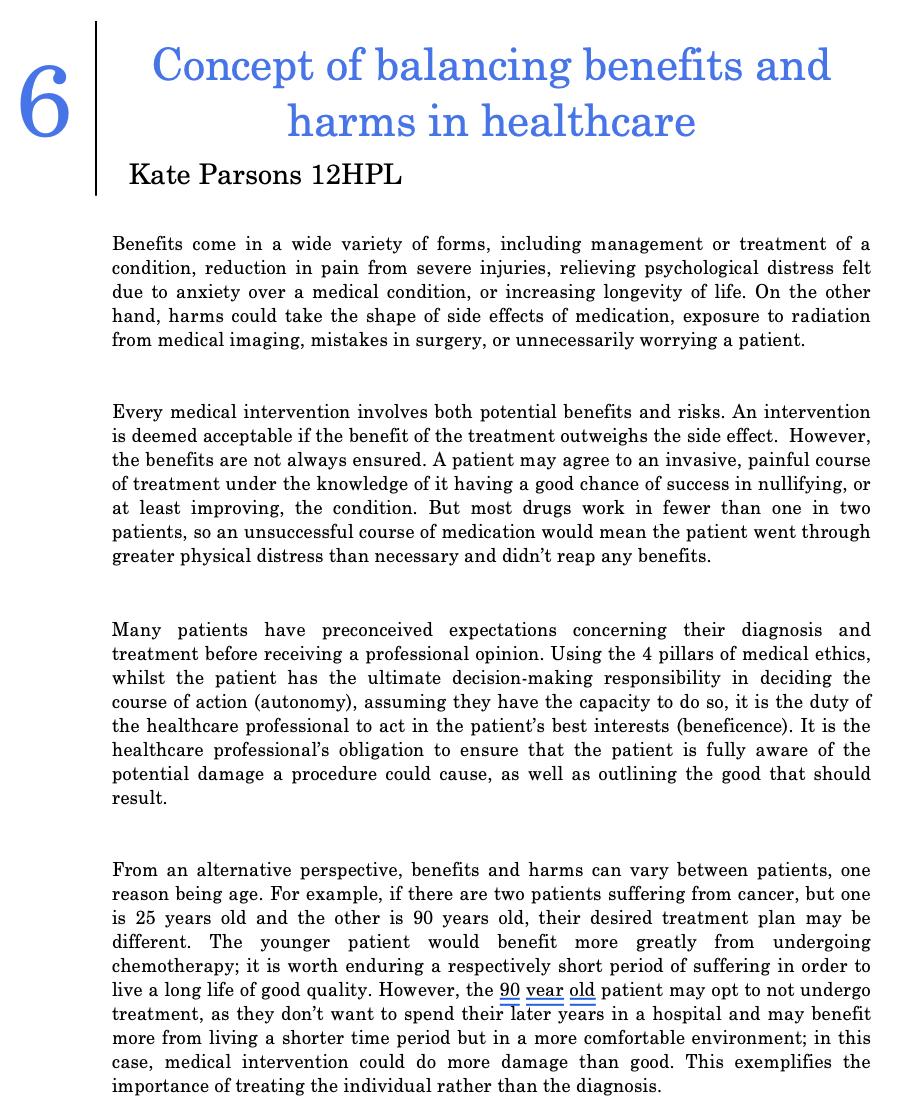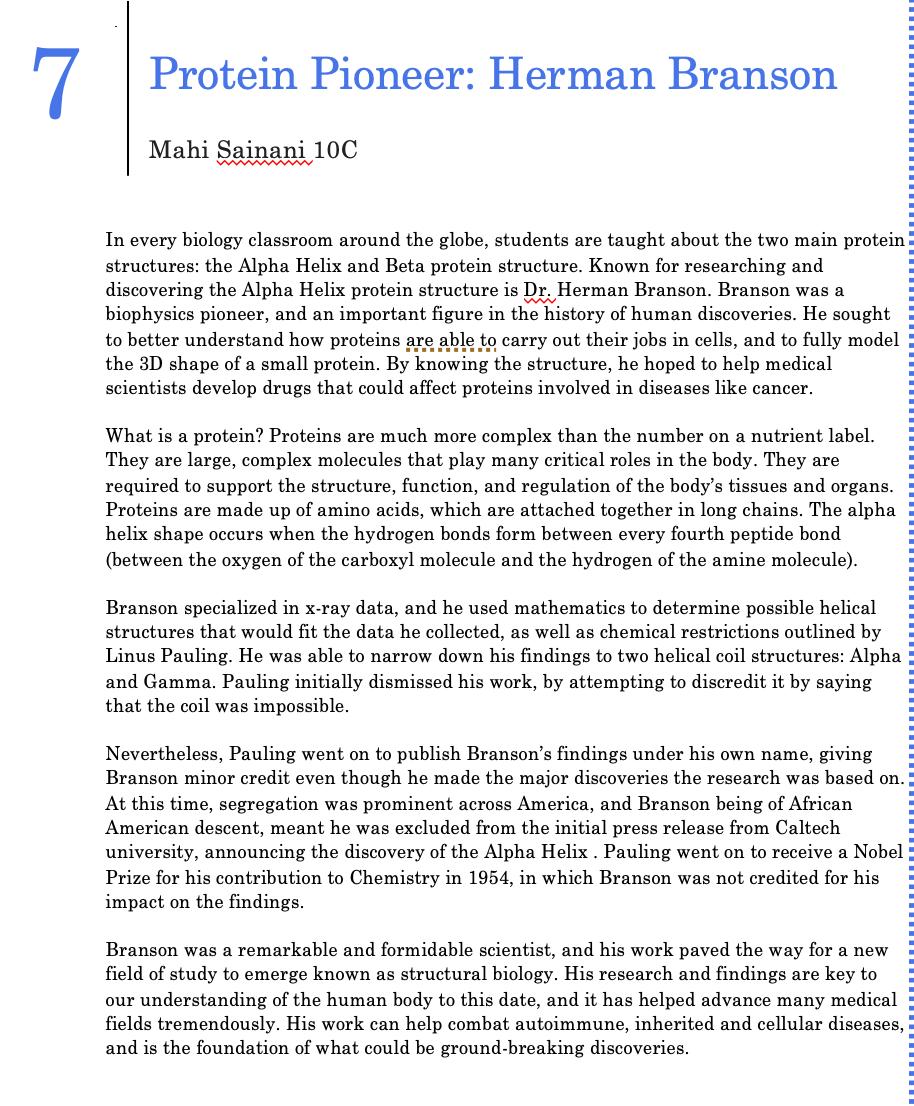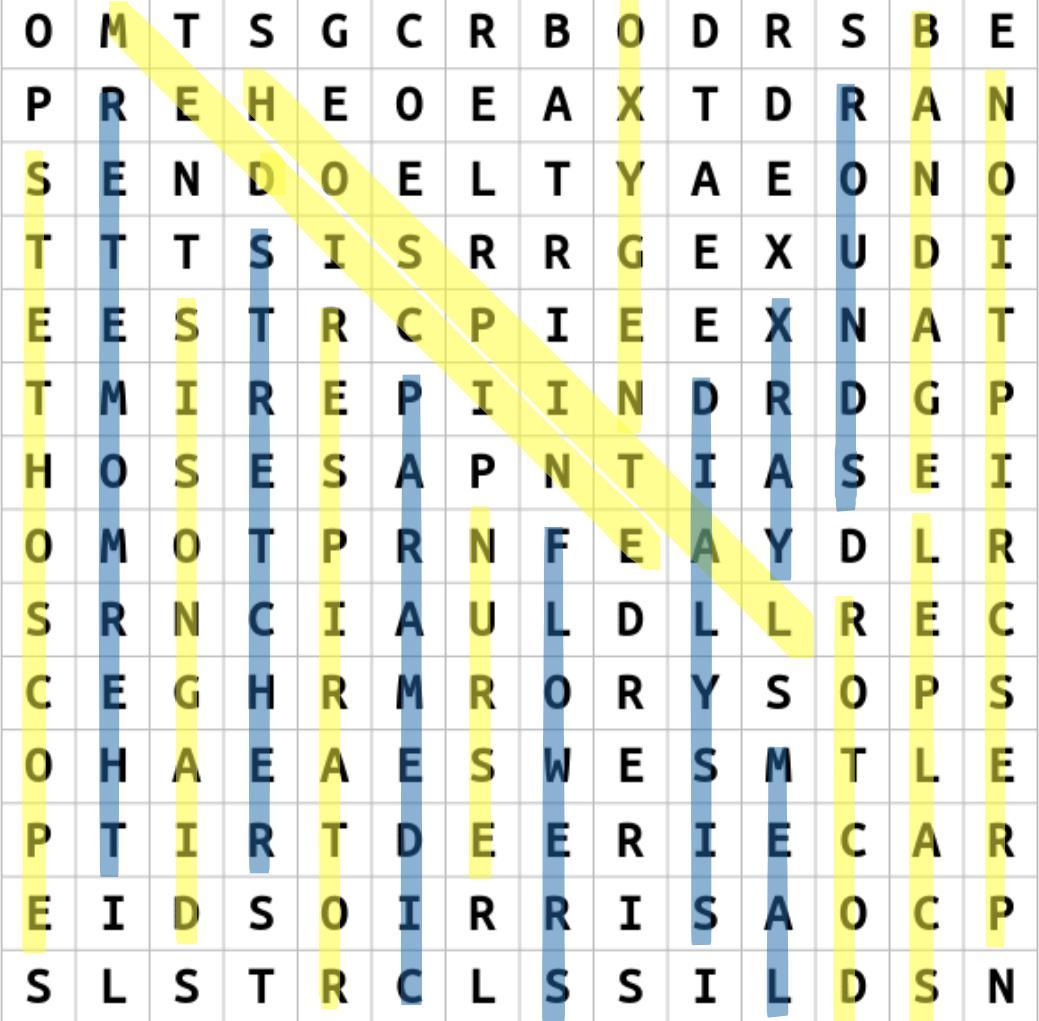PRESCRIPTION BALANCE




The balance between memory and effector



The acid-base balance of the body




The effect
Hyperglycaemia on the y – the imbalance of blood sugar
Concept of balancing benefits and harms in healthcare
Solomon Carter Fuller
Protein Pioneer: Herman Branson
The balance of delivering lifesaving treatment to patients whilst considering their beliefs and rights 2 3
As we grow older, signalling via T-cell antigen receptors (TCR) reduces. Signalling is the process in which TCR recognise the antigen on the surface of a cell and converts this into a chain of reactions that transmits cell signals to targets inside the cell However, the CD4+ T cells from older adults differentiate into effector cells rather than memory cells. The balance of different proteins (IL2Rα, and STAT5) affects the age of the aging gene in CD4+ T cells.
T cells are a subset of lymphocytes and can be narrowed down to 3 types of lymphocytes: cytotoxic CD8+ T cells, helper CD4+ T cells and regulatory CD4+ T cells. The protein on the surface of the T-cell helps differentiate between them. There are many subsets of CD4+ T cells and the main functions include having the ability to coordinate the immune response for pathogens inside and outside the body by producing cytokines, a protein which act as chemical messengers and can destroy pathogens. Memory CD4+ T cells are useful in maintaining a person ’ s immunity, so if the bacteria re-enter the body, a faster, sooner, and stronger immune response is produced
Ageing is linked to a reduced immune response to diseases and vaccines. This is because there are fewer white blood cells capable of responding to new antigens and T cells take longer to respond to the antigens. This is reflected by the figures, the number of deaths has increased per year in old people, especially from viruses like influenza and COVID. The thymus produces less T cells as we grow older. The difference between the TCR signals has caused scientists to investigate the balance between effector and memory CD4+ T cells
Scientists found that TCR signalling is reduced in CDR4+ T cells and differentiates into more effector cells than memory cells. They also found that chromatin (the material that chromosomes are made of) accessibility was higher in adults and changes in response to TCR activation. After further investigation, it was discovered that the transcription factor STAT5 affects chromatin accessibility and transcription in CD4 T+ cells. This was presented by peaks in graphs for STAT5 which showed greater chromatin accessibility in CD4 T+ cells in adults. STAT5 is a protein which allows rapid delivery of signals from the membrane to nucleus.
It works alongside other transcription factors to regulate the expression of genes, in this case, the age-sensitive gene coding for the CD4+ T cells. Furthermore, the protein IL2Rα was also expressed more. The inhibition of IL-2Rα and STAT5increased the tendency of CD4+ T cells to differentiate into short-lived effector cells than memory cells.
The inhibition of IL-2Rα and STAT5increased the tendency of CD4+ T cells to differentiate into short-lived effector cells than memory cells.
Therefore, both these findings show that IL-2Rα and STAT5change the balance of CD4+ T cells in adults so that more effector cells are produced than memory cells.
Bibliography:
1. CD4+ T cells: Function, types, and more (medicalnewstoday.com)
2. Pathways of Intracellular Signal Transduction - The Cell - NCBI Bookshelf (nih.gov)
3. Signal transduction by the T cell antigen receptor - PubMed (nih.gov)
4. The role of Stat5a and Stat5b in signaling by IL-2 family cytokines - PubMed (nih.gov)
5. Tipping the balance in CD4+ T cells | Nature Immunology

Hyperglycaemia is when there is too much blood sugar (glucose) in the bloodstream. Hyperglycaemia can be a common issue for people with diabetes however people who do not have diabetes can also suffer from hyperglycaemia Glucose is a compound consumed from food. The body needs glucose for cells to respire and release energy, so that our organs can function properly. For glucose to enter the cells, the body needs insulin, a hormone produced in the pancreas If there is a lack of insulin, then glucose will build up in the bloodstream. If hyperglycaemia is not treated, then it can become serious, and the patient may have health problems that require emergency care and could even be put into a medical coma. Even if the hyperglycaemia is not severe, it can lead to issues dealing with the eyes, kidneys, nerves, and heart. Hyperglycaemia should be treated when the glycated haemoglobin (HbA1C level) is higher than 7%.
Hyperglycaemia can be caused by pancreatic diseases. The pancreatic cells release insulin and if damaged, the glucose cannot enter the cells. High blood sugar can also be caused by overeating, lack of exercise or diabetes. There are several signs of hyperglycaemia, and some of them can be early signs for diabetes. For example, a hyperglycaemic patient may experience excessive urination and the patient may be diagnosed with a UTI (Urinary Tract Infection). They may want to urinate despite having empty bladders and this could lead to blood in urine or cramps in the groin or lower abdomen. However, there are many causes for UTIs, so it may not necessarily be a sign of high blood sugar. Another sign of hyperglycaemia is excessive thirst which is when the patient’ s kidneys go into ‘overclock mode’ and to get rid of the excessive glucose The body tries to get more water to produce more urine, which can help the body remove the sugar However, if the body needs too much water, then it can pull from tissues and the patient can feel dehydrated. Excessive thirst also is an early sign of diabetes. Other signs of high blood sugar are weight gain, blurred vision, weak immune system, fatigue, and abdominal pain.
There are many lifestyle changes advised when a patient is diagnosed with high blood sugar levels such as avoiding eating sugary foods and to exercise regularly. Also, their doctor may prescribe them medication to lower their blood sugar which they must take regularly.


Healthcare professionals constantly offer lifesaving treatment to patients in need, but they are sometimes refused on religious, cultural, or social grounds Autonomy is a fundamental ethical notion in healthcare as it allows the patient to decide which treatment they receive, however there is a fine line between the balance of protecting this human right and preserving life for doctors.
Under the Human Rights Act of 1998, the law confirms that autonomy of a competent patient is upheld as they have the right to decide what happens to their own self and refuse medical care, against the advice of a medical professional. A Do Not Resuscitate order is an example of the practice of autonomy in a lifesaving situation, they must be approved by a doctor and written down in medical records. So, violating the DNR by performing CPR would destroy the principle of autonomy and the trust in a patient-doctor relationship, but it could save the patient, allowing them to live for a few more months or years
An example of respecting personal beliefs even if the outcome may be severe is not performing a blood transfusion on a patient whose religious views oppose it, since that individual is thought to have capacity and can make their own decisions. However, someone with anorexia who is undernourished and refuses treatment because they believe nothing is wrong with them, is seen as lacking the capacity to decide.
If a person is incapacitated and unable to understand or communicate their situation, someone else will have to make a potentially lifesaving decision for them against their wishes as they could pose more of a threat to themselves. The Mental Capacity Act (2005) presents a test of capacity where the capacity of a person is assessed by a healthcare professional who asks themselves if the patient has an impairment of their mind or brain and if the impairment means that the patient is not able to make a decision regarding their treatment. Here the balance between Autonomy and Mental Capacity, almost contradicts each other as by following the Mental Capacity Act and deciding for a patient takes away their human right of Autonomy.
The balance of delivering lifesaving treatment to patients whilst considering their beliefs and rights
We all know what pH means – below pH 7 is acid, and above is alkaline, but how does this come into play when involving the human body, and why is it so important?
When it comes to our body, a critical factor that is tightly regulated to maintain optimal cellular function is the body’ s pH balance. Many processes in the body are sensitive to small changes in the body, for example, enzymes, which are essential for many reactions in the body. pH variation can alter an enzyme’s shape, therefore denaturing. This can affect the rate of responses and ultimately impact the body’ s ability to carry out essential functions such as metabolism, energy production and waste removal The acid-base balance, also known as the pH balance, is the balance between the acids and bases in the body’ s fluids, including blood, urine and cellular fluids.
Standard blood pH is between 7.35 and 7.45, which is slightly alkaline and is very carefully regulated by several mechanisms These include the respiratory system, which controls the amount of carbon dioxide in the blood, and the kidneys, which regulate the excretion of acids and bases in the urine.
While the systems in our body work tightly together, what happens when things go wrong?
Acid-base imbalances can occur when there is an excess or deficit of acids or bases in the body. An example of this is when there is an excess of acids in the blood, it is called metabolic acidosis. This occurs either when your body produces too much acid or when your kidneys cannot remove it correctly. Symptoms can include rapid breathing, fatigue and confusion. However, this can be treated by administering sodium bicarbonate to return the blood to a normal pH. Another example of an imbalance is when there is a deficit of carbon dioxide in the blood called respiratory alkalosis Symptoms of this may include muscle spasms, numbness and tingling, nausea, and light-headedness. They can occur due to several factors, including a lack of oxygen, high altitudes, fevers, and lung or liver disease. These are just examples of imbalances in the body, but acid-base imbalances can have serious health consequences and require medical treatment to restore the balance. In severe cases, this can lead to heart arrhythmias or comas, but this is very rare!
References
Pietrangelo, A. (2017, June 6). Acid-Base Balance. Retrieved from Healthlin https://www.healthline.com/health/acid-base-balance





